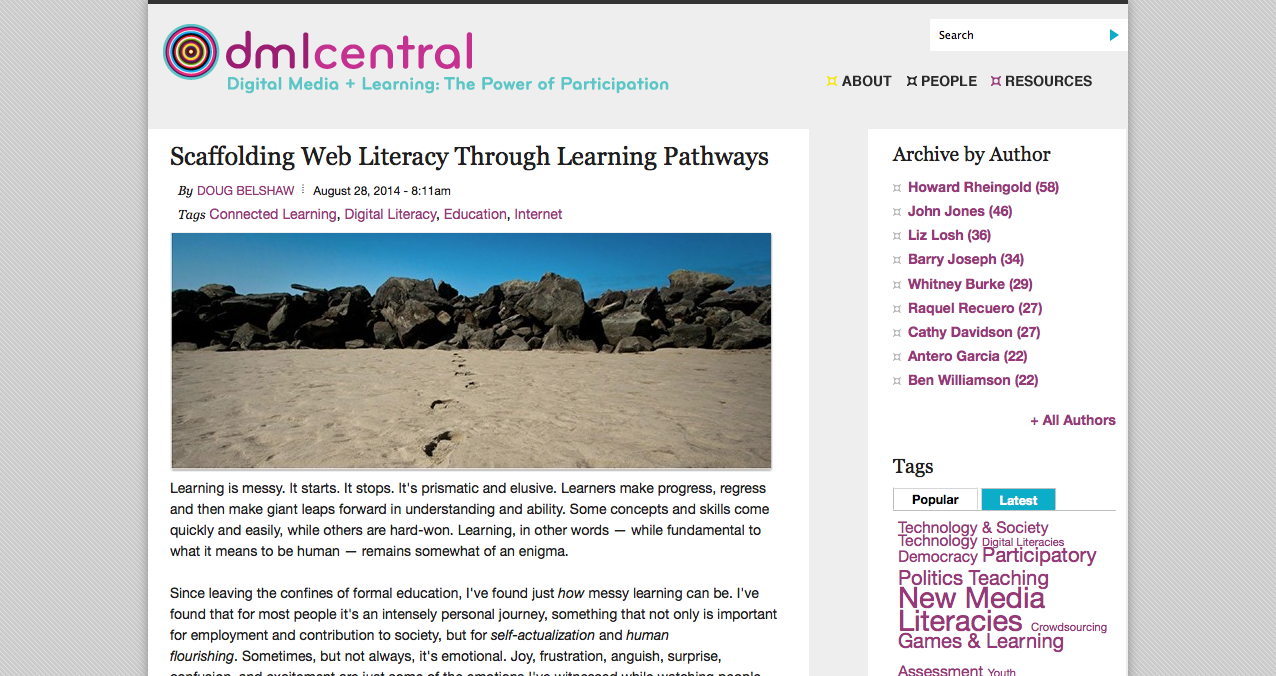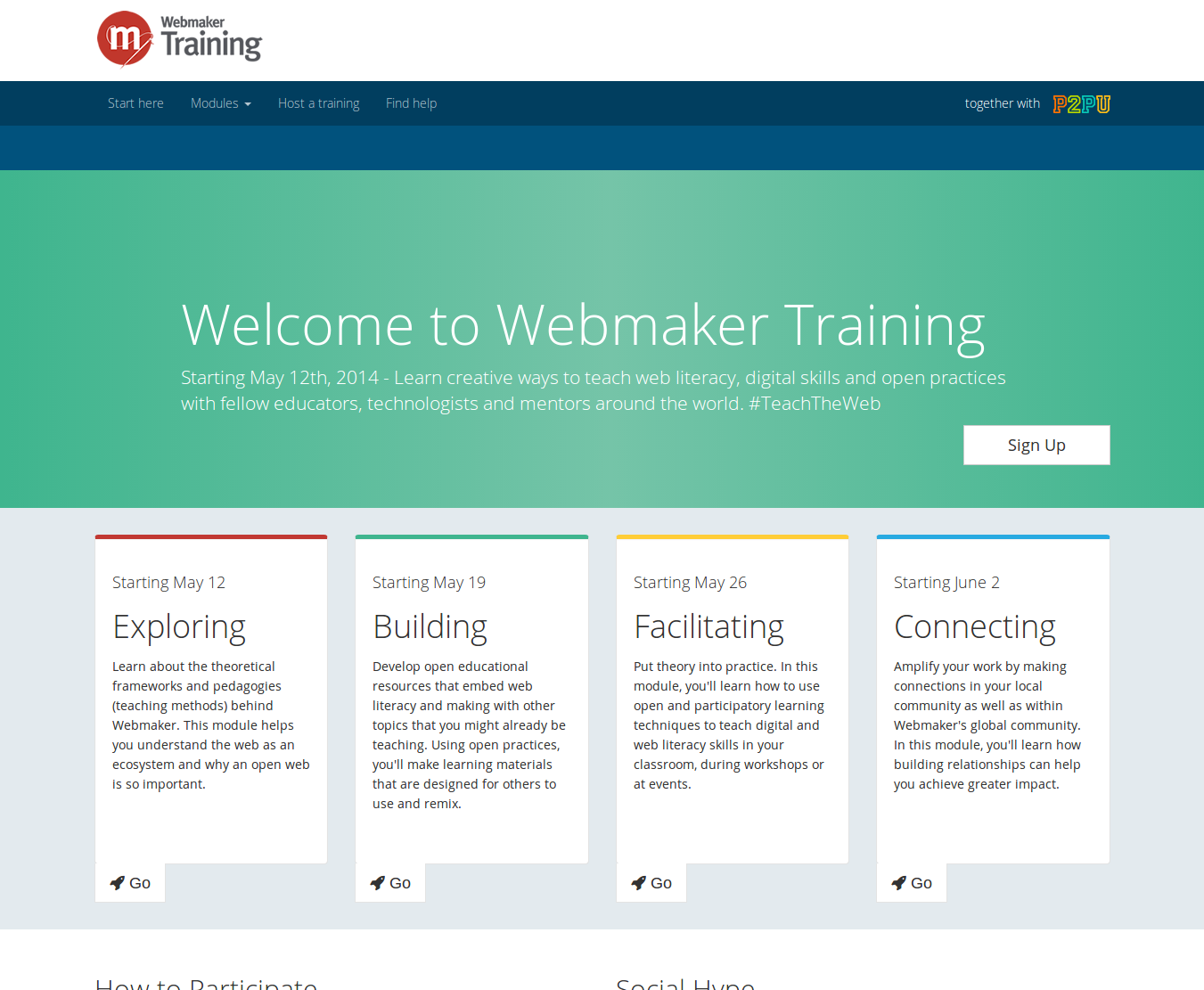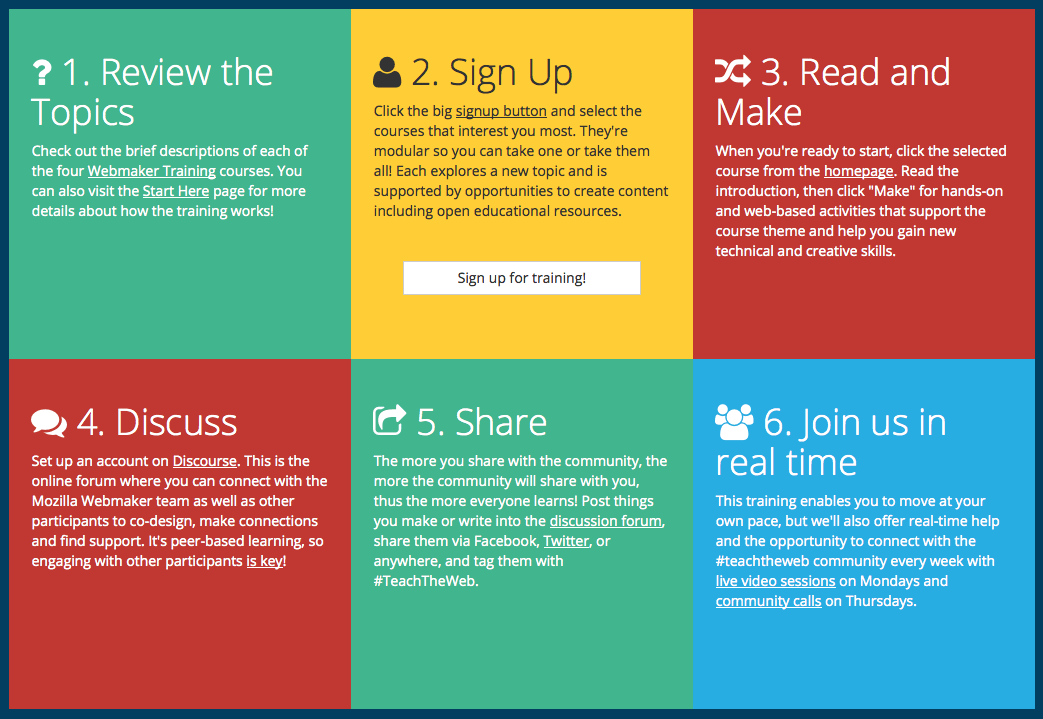Ever since April 2010 when Karl Fisch first suggested what has eventually become known as ‘the flipped classroom’ I’ve been both attracted and repelled by the idea. For those who haven’t come across the concept, it’s a very simple one: the ‘transmission’ part of schooling happens at home through pre-recorded media (videos, podcasts, etc.) with the discussion element, the groupwork happening in the classroom.
Described as such, and with the present realities of the education system (especially in the USA) it’s difficult, prima facie, to argue against this suggestion. On further reflection, however, I think that the flipped classroom is only possible because we’ve commoditised learning to such an extent that it’s becoming indistinguishable from training.
Let’s just step back a moment and look at the western idea of an education system. There’s at least five unspoken assumptions common across most schools:
- Learning is primarily something that happens in, or under the auspices of, formal educational institutions.
- The time when schools should be open to educate young people is (roughly) between the hours of 9am and 3.30pm.
- High-stakes testing is a good (if not the best) way to demonstrate ‘talent’ to future employers.
- Learning can be done at scale, with up to (around) 35 young people in a classroom learning from one teacher.
- The answer to student disaffection is discipline.
I, along with most progressive educators I know around the world, disagree with these five unspoken assumptions. It is assumptions like these, I would argue, that lead to the flipped classroom looking like a good idea.
As far as I understand it, the flipped classroom concept is gaining traction (especially) in the USA because of a synergy with the Khan Academy, lauded by celebrity educational funders such as Bill Gates. Khan Academy, for those who don’t know, is a kind of YouTube for educational videos, but with exercises. It’s gamified drill-and-practice for the 21st century. Whilst I think Khan Academy does have a place within the educational landscape it is, undeniably training. Training is a (very small) part of learning but to mistake one for the other is an error seasoned educators should not be making.
John Hattie’s table of effect sizes is the result of a meta-analysis of many, many learning interventions in educational institutions. Feedback, the student’s prior cognitive ability, and instructional quality take the top three positions in Hattie’s table; in other words, the flipped classroom would look to have an evidence base. I think that such an approach would work very well in one school I used to work in, a high-achieving specialist school with a predominantly middle-class catchment. However, in the first and last schools I worked in, there would not only be huge digital divide issues, but the usual problems surrounding homework and classroom behaviour.
All of this reminds me of an important lesson from a Philosophy of Science module I took as an undergraduate. Until Copernicus came along and changed the way we understand our place in the universe, the Ptolemaic system was the dominant astronomical model. In order to explain the phenomena (i.e. the seeming speeding-up and slowing-down of planets in relation to the Earth), Ptolemy and his followers added ‘epicycles’. These were rotations around a particular point, over and above the (assumed) rotation of the planet around the Earth.The whole Ptolemaic system was, of course, spectacularly incorrect. Ptolemy had started with a faulty assumption that seemed ‘obvious’ (that the Sun goes around the Earth), modifying and refining his theory to fit the phenomena. It was an impressively-complicated system. But it was wrong.
I think we’ve gone about reforming the western education system in a Ptolemaic manner. I think we’re adding epicycles such as the ‘flipped classroom’ instead of challenging core assumptions about how we can and should be educating young people. I think there’s a debate to be had. I think we had better get on to having that debate in a grown-up way. Quickly.



